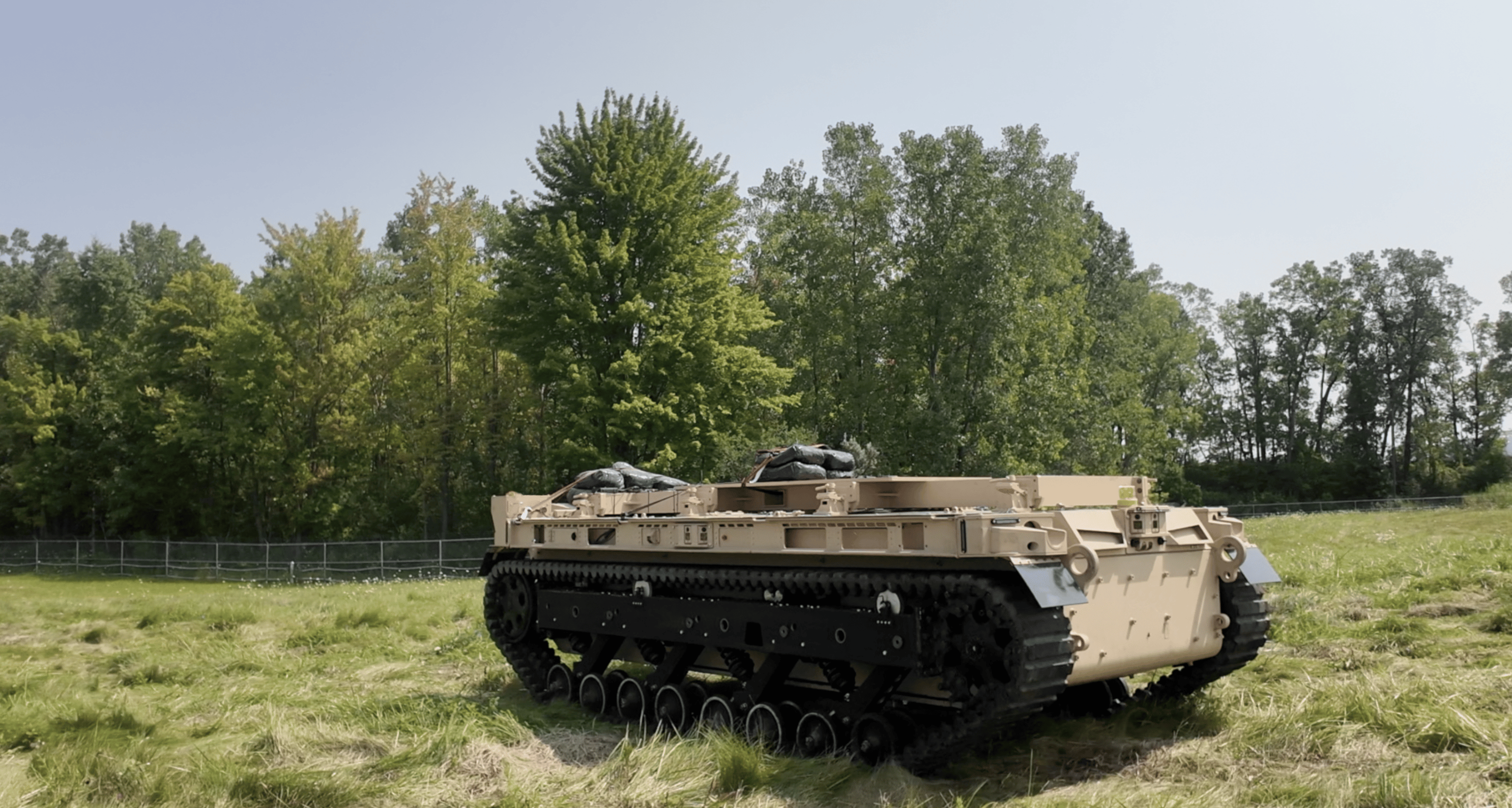EN 60529 Ingress Protection (IP) Rating Testing for Vehicle Enclosures
The EN 60529 standard is a European standard that defines the degrees of protection provided by electrical enclosures against access to hazardous parts and also, more specifically, against foreign objects such as dust and water. This standard is particularly relevant in sectors where robust vehicle enclosures are crucial for safety and functionality, such as military applications. In the context of military testing, ensuring that vehicle enclosures meet the rigorous requirements specified by EN 60529 is paramount.
The process involves a series of tests designed to evaluate the effectiveness of the enclosure in preventing ingress from various elements. These tests are critical for ensuring the reliability and longevity of vehicles under harsh operational conditions, which is especially important in military applications where vehicle performance can be the difference between mission success or failure. The testing protocol includes detailed procedures for both dust and water resistance, with a focus on real-world scenarios that may be encountered during deployment.
For instance, when testing against water ingress (IPX ratings), the test setup involves submerging the enclosure in different depths of water for varying durations to assess how well it can withstand immersion. Similarly, for dust resistance (IPY ratings), the tests involve exposing the enclosure to controlled dust environments and measuring the amount of dust that penetrates or accumulates inside the enclosure.
The testing apparatus used is designed to simulate real-world conditions as closely as possible. This includes specialized chambers capable of replicating a range of environmental pressures, humidity levels, and temperature variations. The specimens (vehicle enclosures) are subjected to these controlled environments for specified durations based on the IP rating being sought.
The acceptance criteria for EN 60529 testing are stringent and are designed to ensure that only those enclosures meeting or exceeding the required standards pass the test. These criteria include not only passing the water resistance tests at various depths but also ensuring that dust ingress is minimal or non-existent, depending on the IP rating specified.
The results of these tests are reported in a detailed manner, outlining the specific conditions under which the enclosure was tested and the performance metrics that were evaluated. This report serves as a critical document for quality managers and compliance officers to ensure that all components meet regulatory standards. For R&D engineers, this data is invaluable for refining future designs to enhance protection levels.
- Submersion depths and durations vary depending on the IPX rating being sought.
- Dust exposure tests are conducted in controlled environments with precise dust particle sizes and concentrations.
- The results of these tests provide critical data for ensuring the reliability and safety of vehicle enclosures, especially in military applications where environmental conditions can be severe.
Applied Standards
The primary standard applied in this testing process is EN 60529:2013, which has been widely adopted across Europe and internationally for its rigorous approach to defining protection ratings. This standard complements other relevant international standards such as ISO/IEC 7637-4 for vehicle electrical systems and MIL-STD-810G for environmental testing of military equipment.
The EN 60529 framework is composed of two main categories: IPX ratings, which address water resistance, and IPY ratings, which cover dust protection. These classifications are further broken down into specific numerical values that indicate the level of protection provided against these elements. For example, an IP67 rating signifies full protection against dust and robust protection against immersion in water up to 1 meter deep for at least 30 minutes.
The application of these standards ensures a consistent and reliable method of testing across different manufacturers and regions, providing peace of mind that the products meet the necessary safety and performance criteria. This is particularly important in sectors like military applications where the integrity of vehicle enclosures can be critical to operational success.
Customer Impact and Satisfaction
The implementation of EN 60529 IP rating testing for military vehicle enclosures significantly enhances customer satisfaction by ensuring that the products meet or exceed the necessary safety and performance standards. This is achieved through robust testing protocols that simulate real-world conditions, thereby providing confidence in the reliability and durability of the enclosures.
Quality managers benefit from having a clear and consistent approach to compliance, which reduces the risk of non-compliance and associated penalties. Compliance officers find it easier to manage regulatory requirements with detailed test reports at their disposal. R&D engineers gain valuable insights into areas for improvement, leading to enhanced product design.
For procurement teams, the rigorous testing ensures that only high-quality components are sourced, which reduces the likelihood of supply chain disruptions and quality issues. This ultimately leads to more satisfied customers and stakeholders who can trust in the performance and reliability of the vehicles they use.
Use Cases and Application Examples
In military applications, the robustness of vehicle enclosures is paramount. For instance, armored personnel carriers (APCs) must be capable of withstanding various environmental challenges, including dust storms and water immersion in flooded areas. By adhering to EN 60529 IP ratings, these vehicles ensure that their internal electronics are protected from ingress, thus maintaining critical systems under adverse conditions.
Another example is the testing of missile launchers, where even a tiny amount of dust or water can lead to catastrophic failure. The rigorous IP rating testing ensures that these systems are reliable and safe for use in various operational environments.
The same principles apply to other military vehicles like tanks and helicopters, where environmental resistance is crucial for mission success. By meeting the stringent requirements set by EN 60529, manufacturers can ensure that their products are not only compliant with standards but also perform reliably under extreme conditions.





